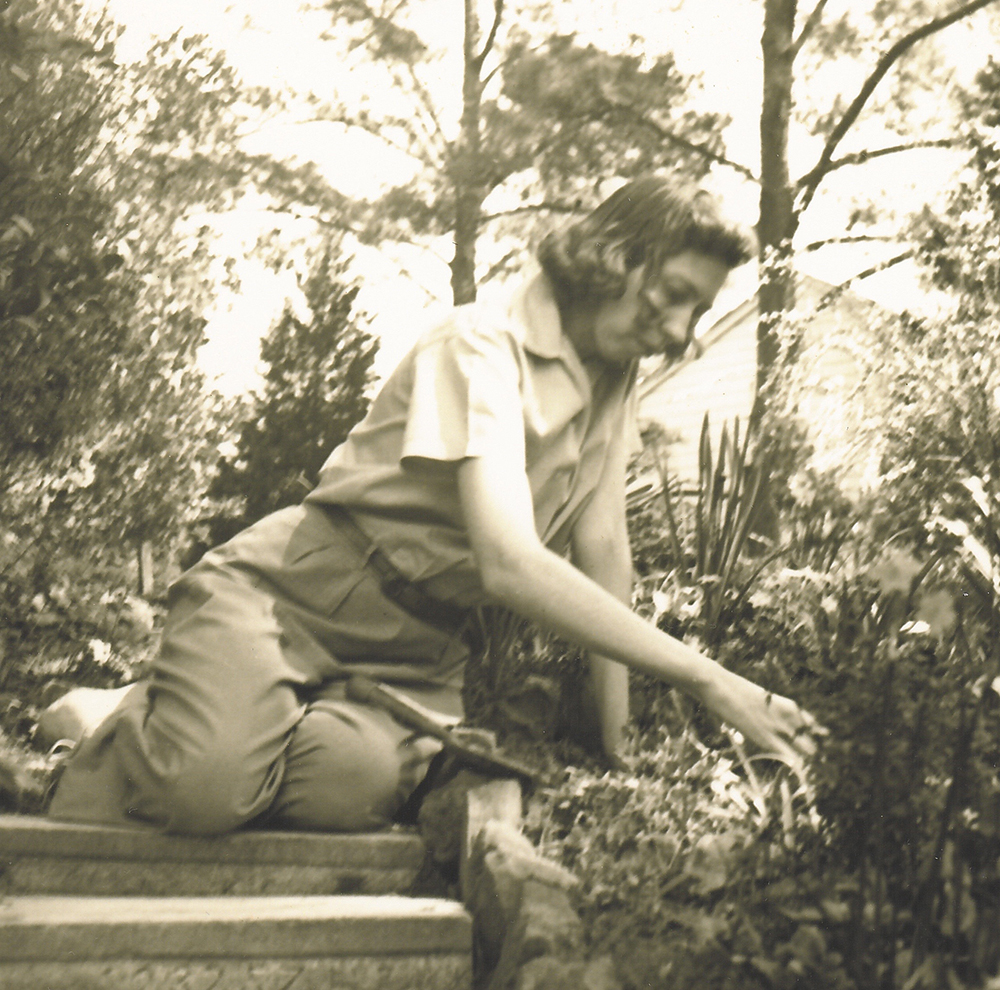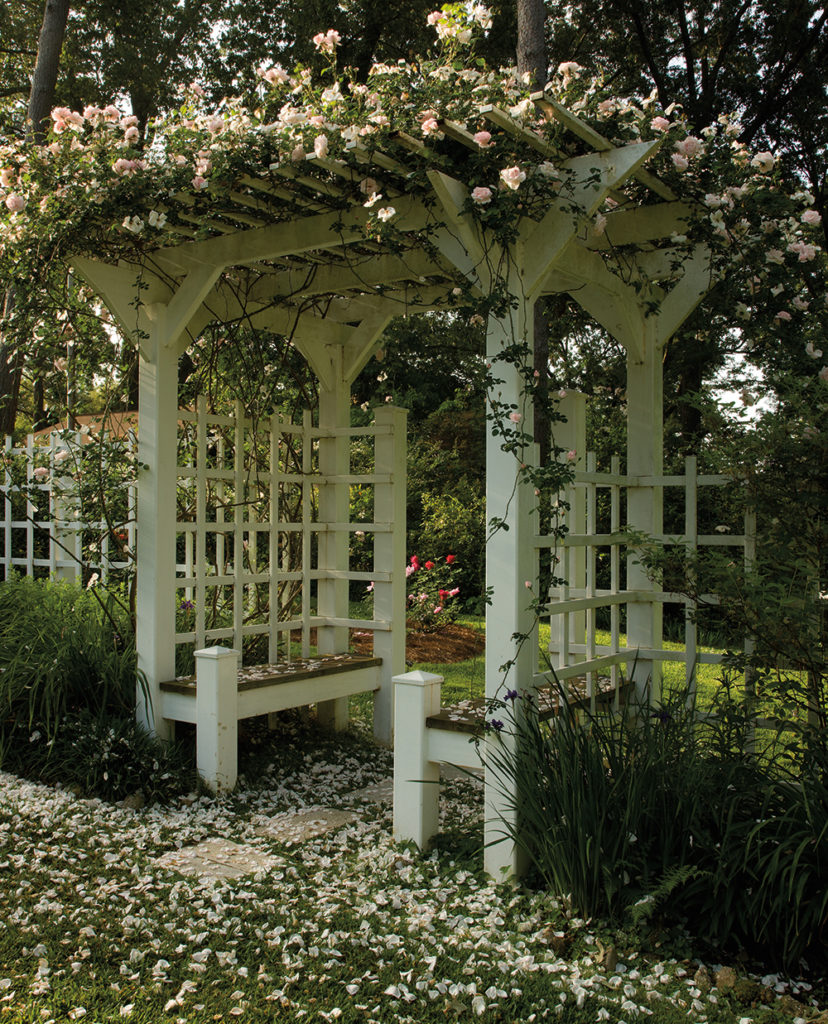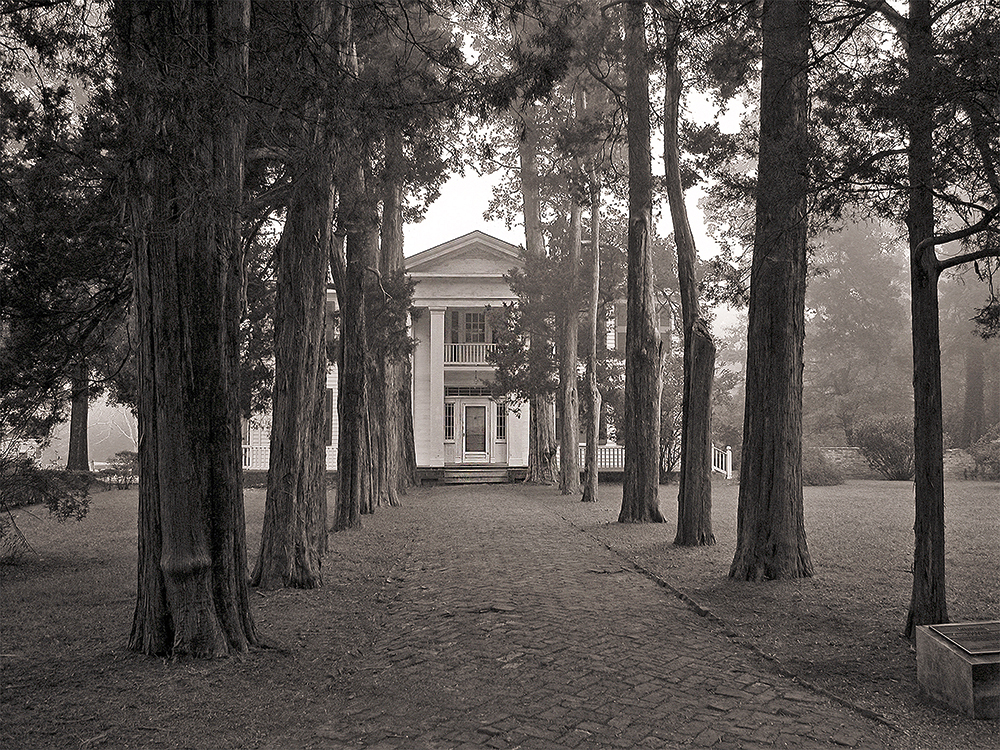Southern Authors and Their Home Places: The Eudora Welty Garden and Rowan Oak
Mississippi

When I joined the board of the Library of American Landscape History sixteen years ago, I fully expected to learn much. What my wife, Evelyn, and I never expected was to be inspired by LALH to aid two important landscapes in our home state, Mississippi. They are the garden of Eudora Welty’s home in Jackson and the landscape surrounding William Faulkner’s home in Oxford, Rowan Oak. Not only did LALH inspire us to bring these landscapes back to health but it also guided us in many ways with these restorations.
As a Mississippian, I first read Welty, then Faulkner. Both writers’ work immersed me in an often familiar yet often strange land about which they were profoundly knowledgeable. They also instilled in me and, subsequently, Evelyn a deep appreciation of the natural world of Mississippi. We believe that both writers created great literature. However, we also believe that their work would not have been so uniquely great and unmistakably “theirs” without their intense personal responsiveness to their natural environments. Nature and “the land” are vitally important themes in their works. In them, there is a wondrous sense of place—from an entire landscape to a single leaf. Welty without her garden? Faulkner without his “woods”? Unimaginable.

When Eudora Welty bequeathed her house and garden to the state of Mississippi, she said, “Please do not make them into something they were not.” With the inexhaustible help of Susan Haltom, who talked extensively to Welty about her garden, we were able to restore it to what it was during the prime of Welty’s life there. Our first project was the replacement of the trellises which had defined the original garden spaces but had vanished by Welty’s death in 2001. We also rebuilt the vanished one-room “clubhouse” at the back of the garden which completes the design. In every aspect, we were guided by Welty’s mother’s original and very specific garden designs and plant lists and Welty’s own photography of the garden over years. Our LALH experiences made us realize the paramount importance of these resources.

With Faulkner’s “place,” we are again mindful that the restoration must not make it what it was “not.” Having learned from LALH the importance of original sources in restoration, we were unbelievably fortunate to have years of rich documentation by the botanist and photographer Ed Croom. We again started with the reconstruction of a defining feature, a simple gazebo, and continued with the excavation of the Sunken Garden, untouched since Faulkner’s death in 1962. Next will be the reconstruction of the beautiful grape arbor behind the house—each feature helping to return the property to its original design.
—Michael Jefcoat